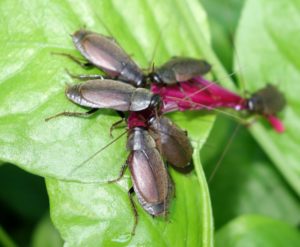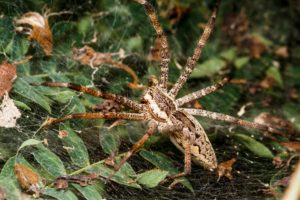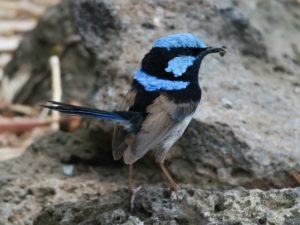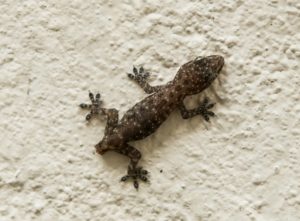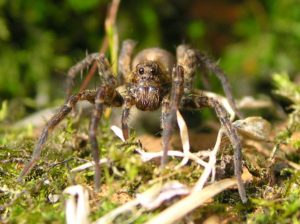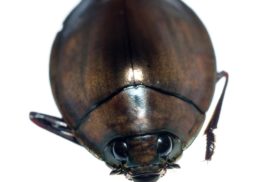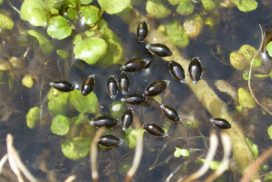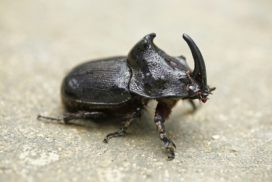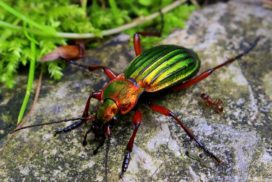HOW HAVE BEETLES HELPED IN THE FIGHT AGAINST THE WATER HYACINTH?
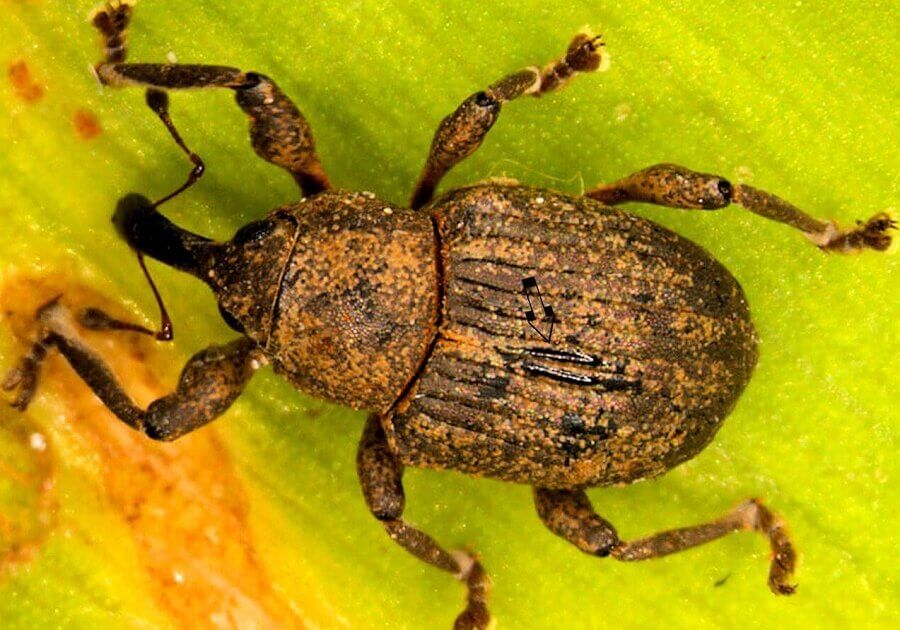
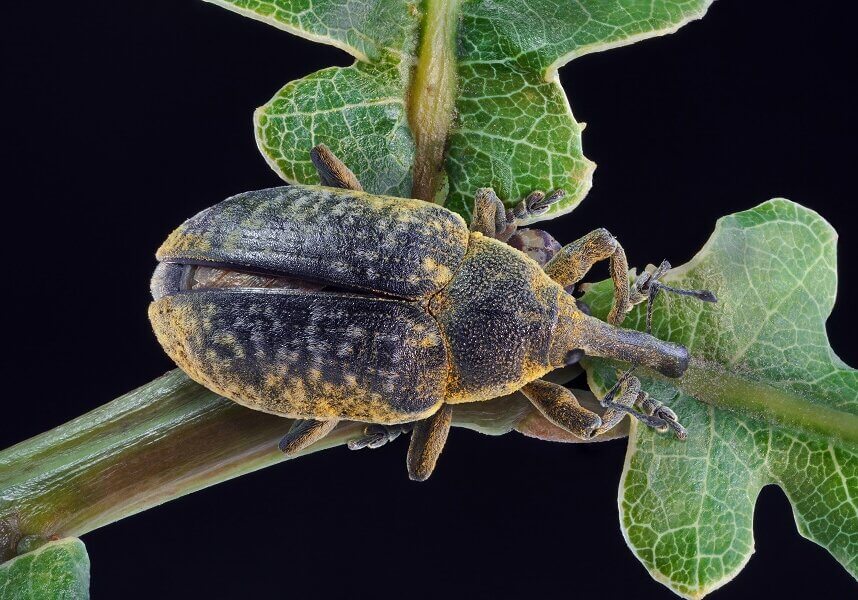
Two beetles—Neochetina eichhorniae and N. bruchi—which feed on only the water weed, have helped eradicate the water weed and save countries millions of dollars. Nineteenth-century horticulturalists introduced the water hyacinth—a super water-weed that can grow to twice its size every 2 weeks—into the tropics from Brazil. It spreads on water and forms a carpet over waterways and lakes, killing fish and interfering with marine life and water transportation.
By removing oxygen, the weed increases water acidity and the amount of silt that is deposited. It has spread to many countries and has become a real pest. According to New Scientist magazine, machinery and pesticides have proved ineffective.
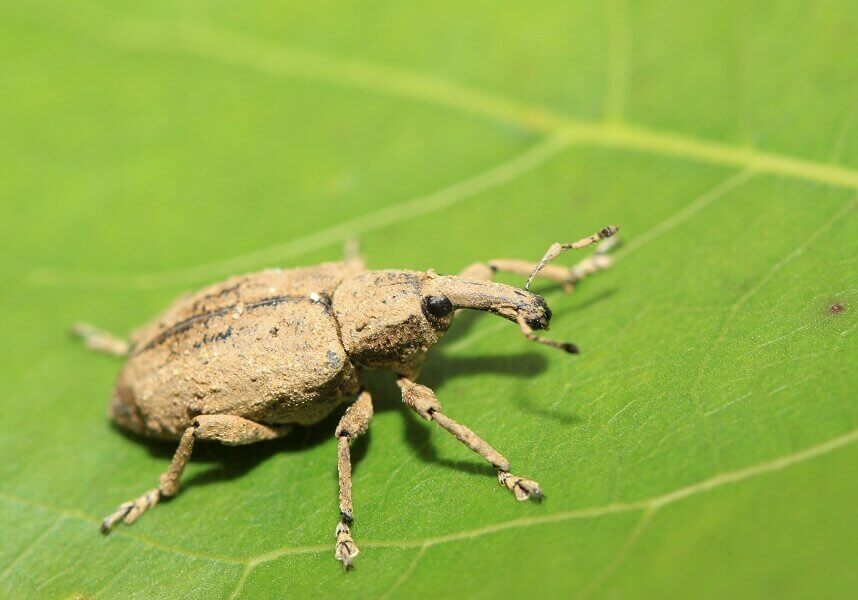
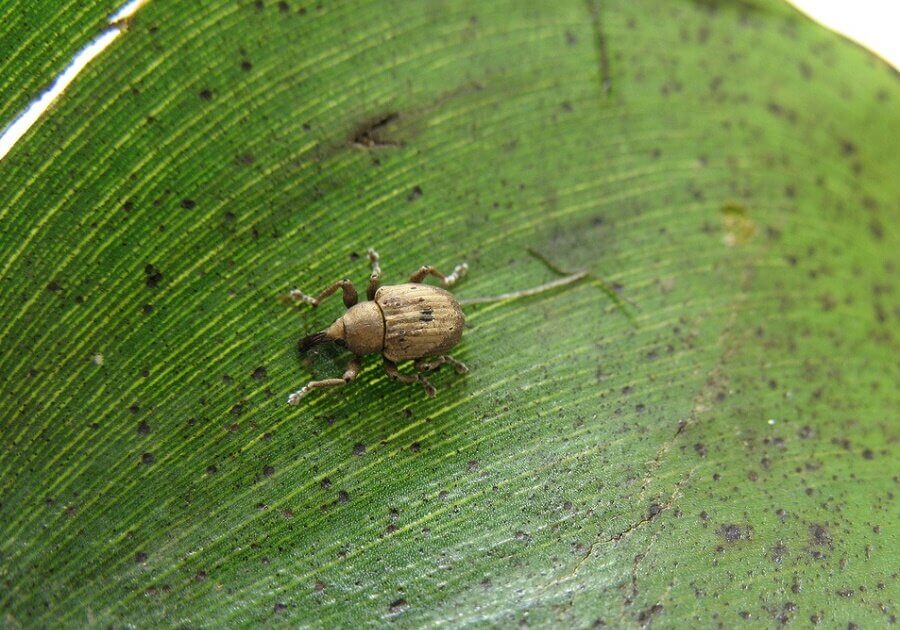
Recent posts
Join us on social media or subscribe!
Sign up to receive our articles in your inbox!
Enter your name and email address below to subscribe.
